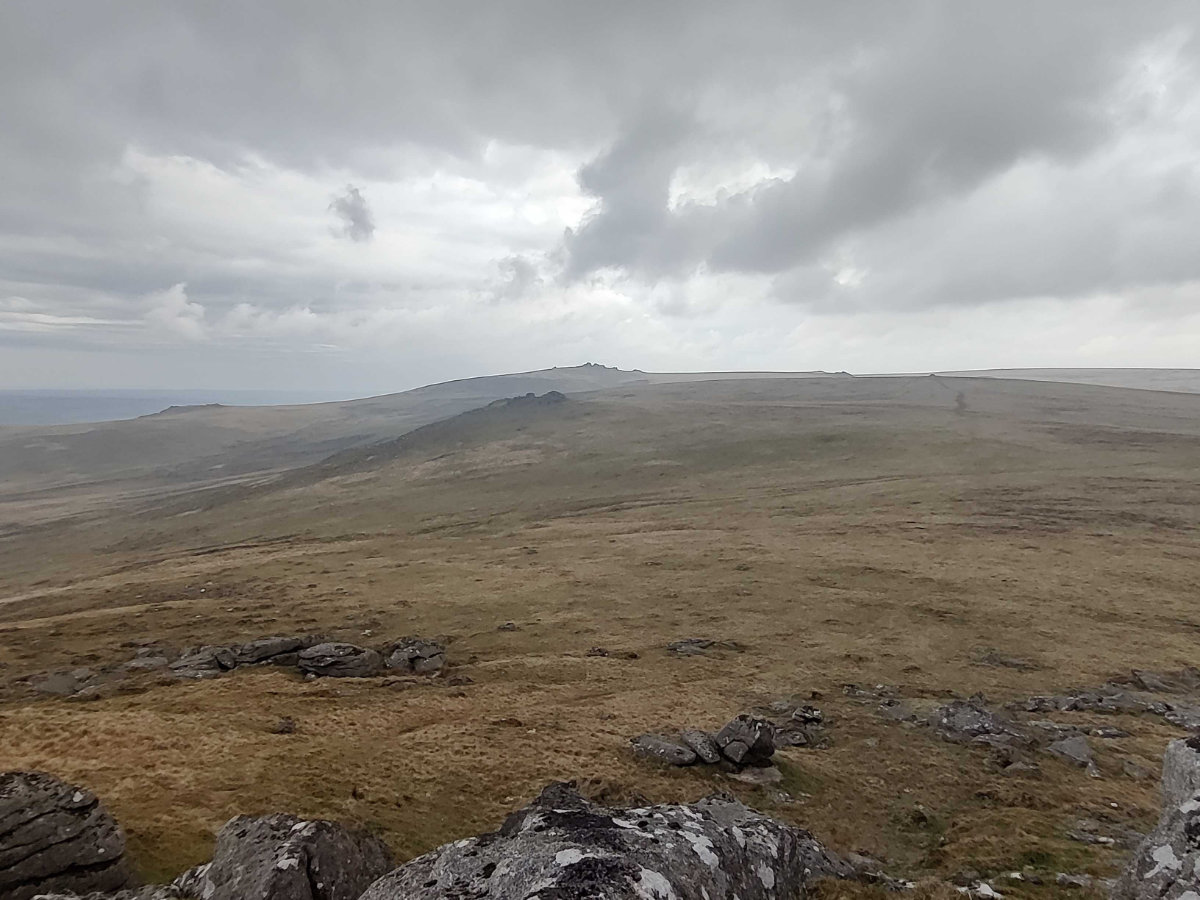
Nature in Dartmoor National Park is in a poor state. A new piece of legislation being debated this week in the House of Lords could help change that – and put nature’s recovery at the heart of the purpose of all our National Parks and AONBs. But will the Government do the right thing? Dartmoor nature campaigner Tony Whitehead explains …
Like all National Parks the first purpose of Dartmoor National Park is
“to conserve and enhance the natural beauty, wildlife and cultural heritage of the National Park”.
This phrasing originates with John Dower’s original 1945 proposals for English National Parks that led to the ground-breaking 1949 National Parks and Access to Countryside Act. In 2019 the Glover Review of National Parks was published. Critical of many aspects of the way our parks operate, it called for change. And in the report’s very first proposal it questioned the contemporary relevance of the wording of these purposes:
“We believe the current purposes are inadequate in relation to natural beauty and nature recovery. ‘Wildlife’ does not reflect the wider scientific ideas embodied in ‘biodiversity’ and ‘nature’. Nor does it support the concepts of natural capital or ecosystem services. Nor does ‘conserve and enhance’ reflect the reality that much of our biodiversity is badly damaged; simply sustaining what we have is not nearly good enough.”
In essence, the purposes of our National Parks were lacking in terms of nature. “Conserve” was no longer good enough, the parks needed to refocus on “Recovery”.
Recovery is imperative because nature within our protected landscapes is in a poorer state compared to non-protected areas. A staggering 75 per cent of sites of special scientific interest (SSSIs) in English National Parks are in ‘unfavourable condition’, compared to 61 per cent of SSSIs across all of England.
Dartmoor is no exception. You can read my account of this here – but suffice it to say that 91 per cent of the Dartmoor SSSIs are in unfavourable condition (north, east, south Dartmoor, Dendles and Wistmans Wood SSSIs).
Recovery is also urgent. We are in a climate and ecological emergency and time is running out. The UK Government itself acknowledges this, and has set itself a target of 2030 to get at least 30 per cent of land in good condition for nature – and yet progress is painfully slow. In 2022 Wildlife and Countryside Link (WCL) reported that the Government had “made no appreciable progress” on this goal.
Given the poor state of nature in national parks, and the urgency of progress, and following the recommendations of the Glover Review, a group of peers in the House of Lords have suggested that the core purposes of all National Parks are changed. They propose that nature’s recovery is written at the heart of what national parks are for, and that all related public bodies are required to support this.
The proposed vehicle for this change is the Levelling Up and Regeneration Bill (LURB) which is currently in progress through parliament. Amendments to this bill have been tabled by Lord Randall of Uxbridge, Baroness Willis of Summertown, Baroness Jones of Whitchurch and Baroness Bakewell of Hardington Mandeville.
The key amendment will give National Parks new purposes to actively recover nature, tackle climate change and connect more people to the natural world. This new purpose would have equal weight to existing statutory purposes.
Alongside this there is a related amendment that would make it necessary for other public bodies to support this new purpose in National Parks. At the moment they don’t actually have to. In the New Forest, for instance, Southern Water has consistently discharged sewage into two river catchment areas, despite the National Park having an objective in its management plan to restore rivers. They can do this because current guidance requires the water company to only consider if they ‘could’ comply with the Park’s plan.
So far the Government has been resistant to any strengthening of National Park duties in the Levelling Up and Regeneration Bill. They claim there is sufficient guidance within the existing Environment Act to empower National Parks to deliver for nature. However, the guidance is weak and in the words of WCL “does not provide a mandate for protected landscapes authorities to take active steps to recover nature”. As with the New Forest example, there are too many ‘coulds’ rather than ‘musts’ – which, as experience has shown, are not strong enough to protect nature.
The amendment (Amendment 139: Purposes and plans of protected landscapes) is being debated in the Lords later this week, possibly on Thursday 20 July. For nature in our National Parks it could make a big difference, and re-energise its recovery. It’s also an opportunity for the government to show it means business in these precious landscapes, and is fully committed to its own target of restoring 30 per cent of land for nature by 2030.
It is hoped that all peers will support this amendment, and send it back to the Commons as part of the bill. If you’d like to help, simply share this article and show your support on social media. #LevellingUp
There’s a full briefing on this and related amendments from WCL here.
For more articles by Tony Whitehead, please click here.




